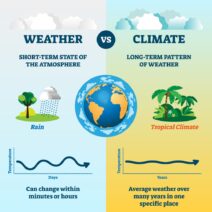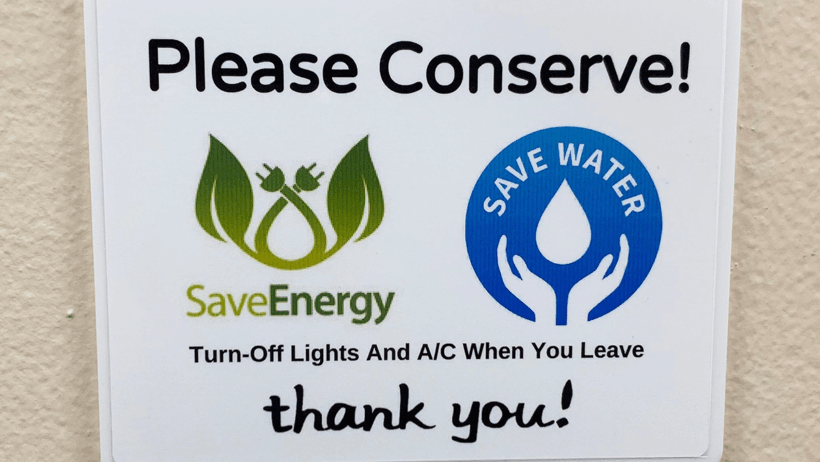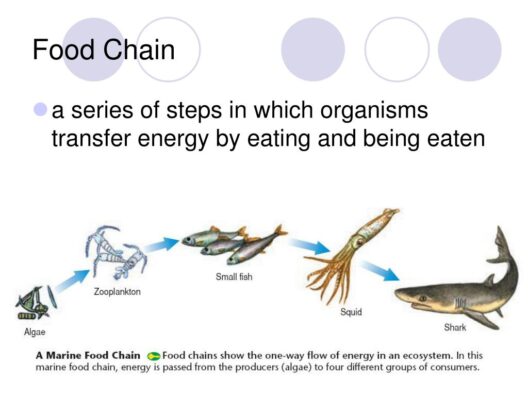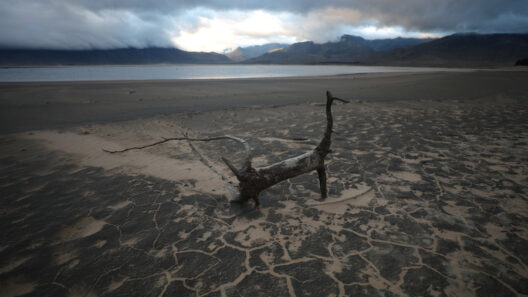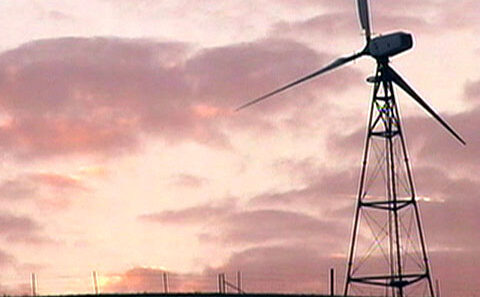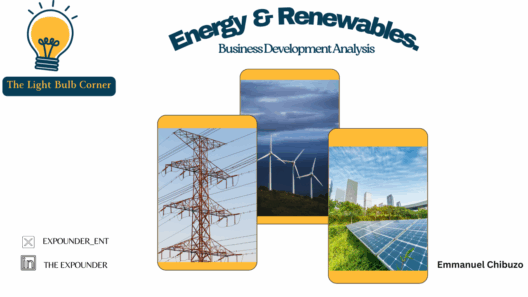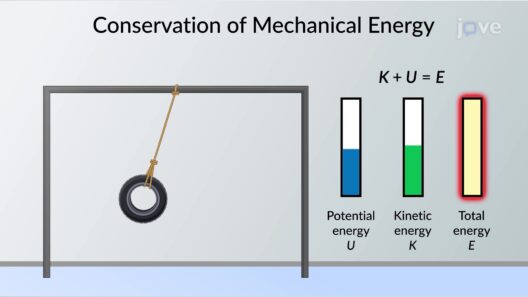Imagine if you could reduce your utility bills while also making a significant impact on the environment. Wouldn’t that be a win-win situation? The challenge lies in making the necessary changes to conserve both water and energy effectively. This article explores practical strategies that homeowners can implement to achieve double savings. Emphasizing the delicate balance between comfort and sustainability, we will delve into various actionable tips.
Water conservation is vital, considering that fresh water is a finite resource. With the global population continuing to rise, the demand for water is escalating. The average American household uses approximately 300 gallons of water per day. This staggering figure prompts the question: How much of that can be reduced without compromising quality of life? Simple adaptations and smart choices can make a tremendous difference.
To embark on this journey, start by evaluating the major water-consuming areas within your home. Bathrooms are notorious for excessive water use, primarily due to toilets, showers, and faucets. Upgrading to low-flow fixtures presents an excellent opportunity for immediate savings. Low-flow showerheads reduce water usage by 20 to 60 percent, while dual-flush toilets offer the flexibility to use less water for liquid waste. By making these upgrades, not only do you conserve water, but you also lessen the energy consumed in heating that water.
Furthermore, consider adopting a mindful approach to daily routines. Shortening shower times can significantly lower water consumption. Why not challenge yourself to reduce your shower time by a mere two minutes? The potential savings can be astonishing over time. Additionally, turning off the tap while brushing your teeth or washing hands can accumulate substantial savings over the course of a year.
Transitioning outdoors, water conservation initiatives become increasingly imperative. Lawns and gardens often require extensive watering, making them prime candidates for modification. Implementing drought-resistant landscaping can substantially minimize water usage. Native plants, which are adapted to local climates, demand less irrigation. Additionally, utilizing mulch can prevent moisture loss from soil. These modifications not only save water but also enhance the ecological health of your locale.
Mindful watering practices can boost outdoor efficiency. Water your plants early in the morning or late in the evening to minimize evaporation. Furthermore, consider installing a rain barrel to capture rainwater for watering your garden. This approach embodies a sustainable cycle and introduces a delightful element of nature into your conservation efforts.
Energy conservation parallels water conservation in its significance for both the environment and savings on utility bills. The average American household spends around $2,200 annually on energy bills. To curtail this expenditure, a multifaceted approach is required. Start by assessing your home’s energy consumption through an energy audit. Identifying the areas where energy is wasted can pave the way for substantial changes.
Insulation is pivotal in determining a home’s energy efficiency. Inadequate insulation in walls, attics, or basements can result in heat escaping during winter and cool air vanishing in summer. Retrofitting your home may involve adding insulation or sealing gaps where air leaks can occur. Although this requires an initial investment, the tangible reduction in energy bills can yield significant returns.
Appliance efficiency likewise plays a critical role in energy conservation. When it’s time to replace outdated appliances, opt for ENERGY STAR certified models. These appliances are designed to use less energy, leading to long-term savings. Moreover, consider embracing alternative energy sources such as solar panels. Though initially costly, the prospects for lowering energy bills and increasing property value are considerable over time.
Lighting demands attention as well. Switching to LED bulbs, which use up to 75 percent less energy than traditional incandescent bulbs, is an easy way to cut consumption. Additionally, harnessing natural light can reduce reliance on artificial lighting. Consider converting to daylight-friendly layouts, employing mirrors, or strategically placing windows to maximize illumination.
Behavioral changes can also result in significant energy savings. Simple habits like turning off lights when leaving a room and unplugging devices that aren’t in use can collectively contribute to a smaller carbon footprint. A household challenge such as a “no electricity day” can raise awareness of energy use and encourage participation from all family members.
Moreover, larger-scale changes can be made through the installation of smart home technology. Smart thermostats can learn your habits and optimize temperature control, thus reducing energy consumption when not needed. Innovative technologies extend beyond heating and cooling; smart plugs can automate and schedule usage of devices, ensuring they operate during off-peak hours.
As you implement these strategies, remember that both water and energy conservation efforts are interconnected. The less water you use, the less energy is required for heating it. A holistic approach to conservation not only leads to financial savings but also fosters a broader awareness of sustainable living practices.
In conclusion, conserving water and energy may seem daunting, yet adopting even a few of these strategies can lead to substantial results. The challenge ahead lies in implementing these practices consistently and creatively. Will you accept the challenge of double savings for your home, thus contributing positively to your wallet and the planet?
